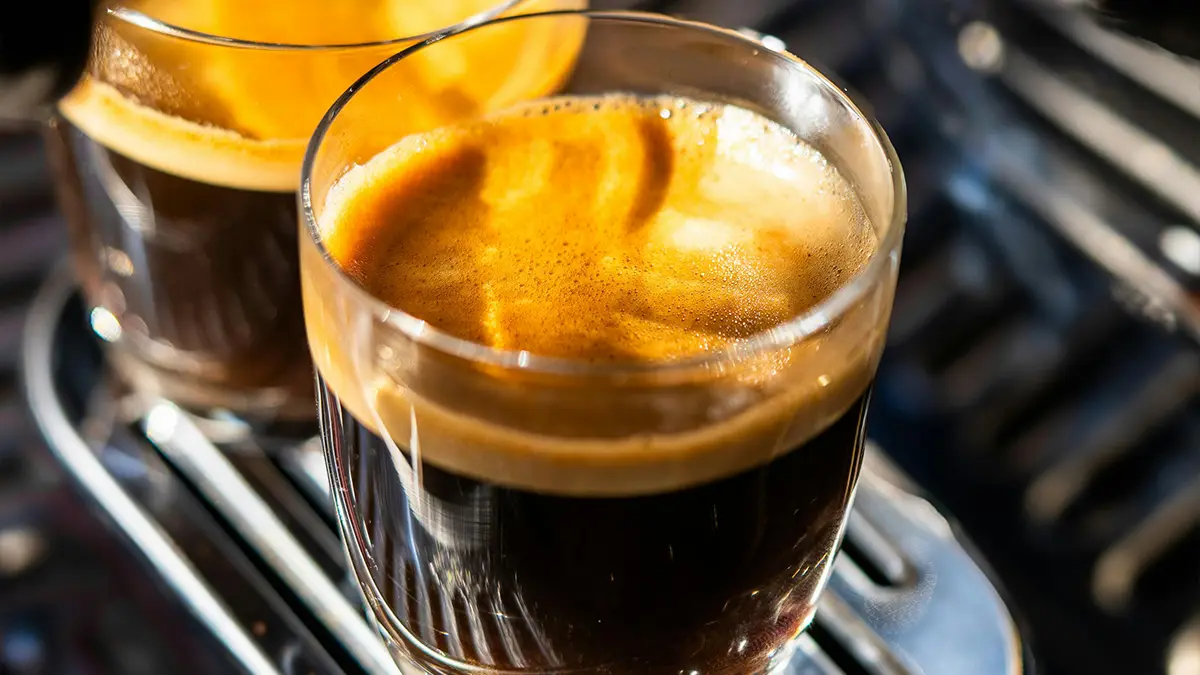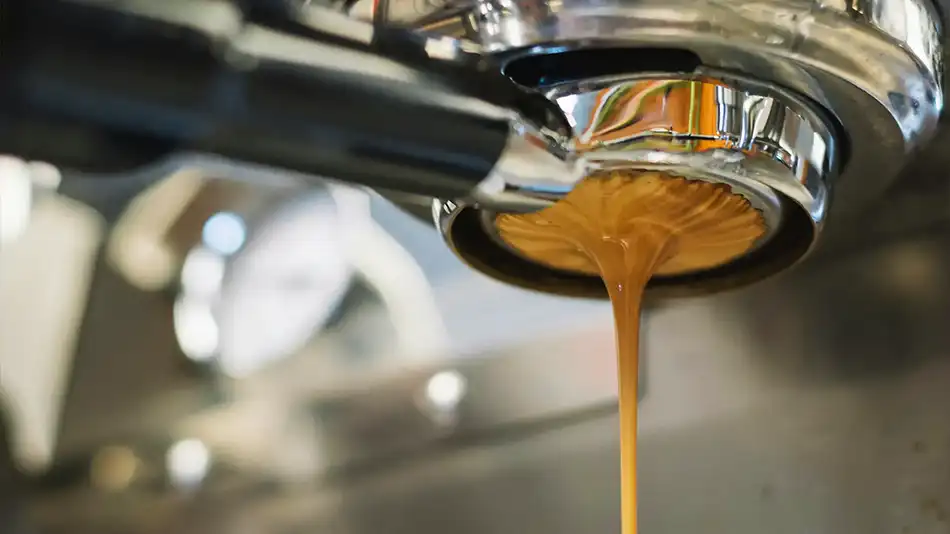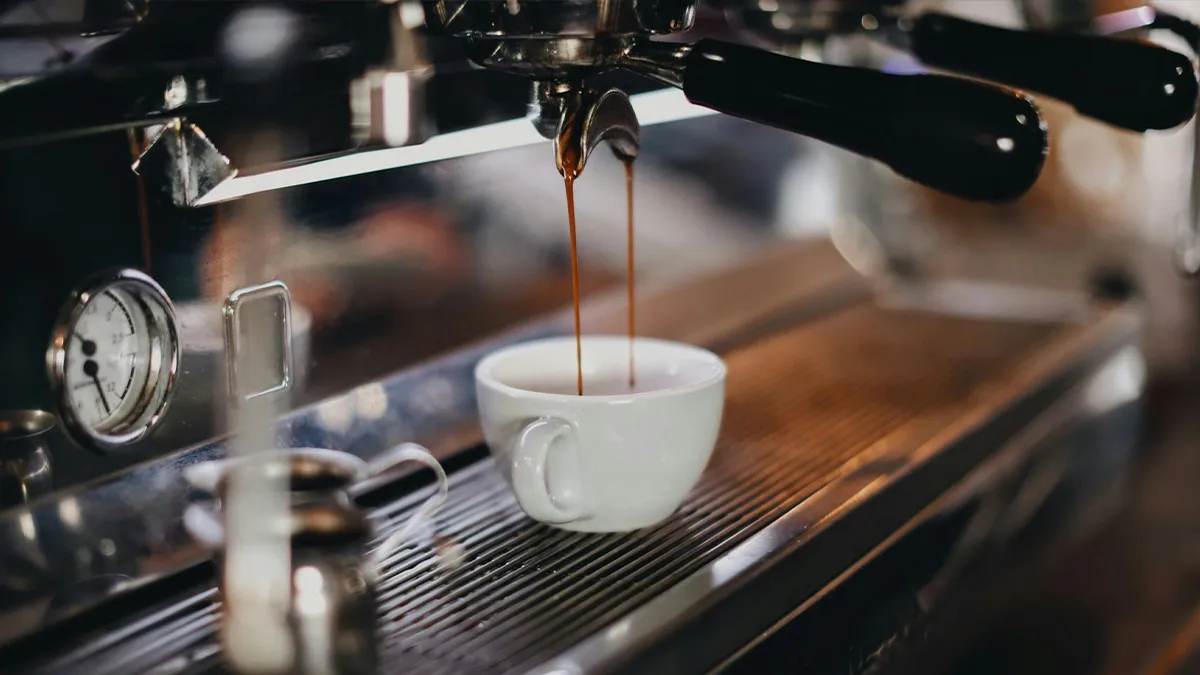How Many Cups of Coffee a Day Are Actually Good for You?
A Look At How Much Coffee Is A Healthy Amount And What Are The Health Benefits How Many Cups of…
This is a demo store for testing purposes — no orders shall be fulfilled. Dismiss
Skip to content
Espresso is more than just a coffee—it’s a concentrated shot of flavour, aroma, and culture that originated in Italy in the early 20th century. Often called the “essence of coffee,” a perfect espresso boasts a rich, velvety crema on top, balanced flavours without bitterness or sourness, and a body that lingers on the palate. In 2025, with home espresso machines more accessible and advanced than ever, mastering this craft at home is achievable for anyone willing to invest time and attention to detail. Whether you’re a beginner or refining your skills, this guide draws from expert sources like Clive Coffee and CoffeeGeek to walk you through the process step by step.
Achieving perfection involves science: Espresso extraction relies on pressure (9 bars), temperature (around 200°F or 93°C), and time (25-30 seconds for a double shot). Factors like grind size, tamping pressure, and water quality can make or break your shot. Common pitfalls include under-extraction (sour taste) or over-extraction (bitter). With practice, you’ll dial in your setup for consistent results. Let’s dive in.

You can’t make great espresso without the right tools. Invest in quality for better results—budget options work for starters, but upgrades pay off.
– Espresso Machine: A single-boiler or heat exchanger model like the Breville Barista Express is ideal for home use. Ensure it maintains 9 bars of pressure. For pros, consider machines with PID temperature control.
– Grinder: Burr grinders are non-negotiable for fine, consistent grounds. Avoid blade grinders—they produce uneven particles leading to channelling (uneven extraction). Aim for a conical burr like the Baratza Encore ESP.
– Tamper: A calibrated tamper (58mm for most portafilters) ensures even compression. Wooden handles add style, but metal works fine.
– Portafilter and Basket: Use a non-pressurized basket for manual control.
– Scale and Timer: Precision is key—measure 18g of coffee for a double shot and time extraction.
– Knock Box and Cleaning Tools: For puck disposal and maintenance.
Budget tip: Start with a £450 setup; pros spend £1,500+ for consistency.
– Coffee Beans: Freshness is paramount—use beans roasted within 2-4 weeks. Opt for medium-dark roasts labelled for espresso (e.g., Italian blends with chocolatey notes). Single-origin like Ethiopian coffee adds fruity complexity. Grind just before brewing to preserve oils. Dose: 18-20g for a double shot.
– Water: Filtered water at 195-205°F (90-96°C). Hard water can cause scaling; use Third Wave Water packets for ideal mineralization.
– Milk (Optional): For lattes, whole milk froths best, but alternatives like oat work.
Follow this sequence for a 2-ounce double shot. Prep time: 5-10 minutes.
1. Preheat Everything: Turn on your machine 30 minutes early. Run hot water through the group head and portafilter. Warm your cup with boiling water to maintain temperature.
2. Grind the Beans: Set your grinder to fine (like table salt). Grind 18g directly into the portafilter. Too coarse? Sour shot. Too fine? Bitter and slow extraction.
3. Distribute and Tamp: Evenly distribute grounds with a tool or finger taps to avoid clumps. Tamp with 30lbs pressure—straight and level. Polish the surface for uniformity.
4. Lock and Purge: Insert the portafilter. Run a blank shot (no coffee) to purge old water and stabilize temperature.
5. Extract the Shot: Start brewing. Aim for 25-30 seconds to yield 2oz (60ml) with a honey-like flow. The crema should be golden and persistent. Watch for channelling—if uneven, adjust tamp or grind.
6. Serve and Evaluate: Taste immediately. Perfect espresso: Balanced acidity, sweetness, bitterness. Crema thick and nutty.

– Dialling In: Adjust one variable at a time (grind, dose, time). Ratio: 1:2 (18g in, 36g out).
– Crema Perfection: Fresh beans and proper pressure yield great crema. If thin, check freshness or pre-infusion.
– Common Mistakes: Uneven tamp (channelling), stale beans (no crema), wrong temperature (burnt taste).
– Maintenance: Clean daily—backflush and descale monthly to prevent build up.
– Variations: Americano (add hot water); Latte (frothed milk).
Crafting the perfect espresso is an art blending science and patience. Start with quality gear and beans, follow the steps religiously, and iterate based on taste. As James Hoffmann notes in his video, “Think of Espresso as Art.” With time, you’ll pull shots rivalling your favourite café.
Experiment responsibly—happy brewing!
A Look At How Much Coffee Is A Healthy Amount And What Are The Health Benefits How Many Cups of…
How To Make The Perfect Espresso: A Comprehensive Guide for Home Baristas How To Make The Perfect Espresso Espresso is…
Tracing the Roots of Coffee: Where Does Coffee Come From? – Let’s Take A Journey through Time Where Does Coffee…

Signup for special offers & discounts
You have successfully joined our subscriber list.
coffee beans | ground coffee | coffee pods | coffee subscription | coffee gifts
signup and receive discounts!
Coffee Beans - Table of Contents
ToggleCoffee Beans - Table of Contents
×